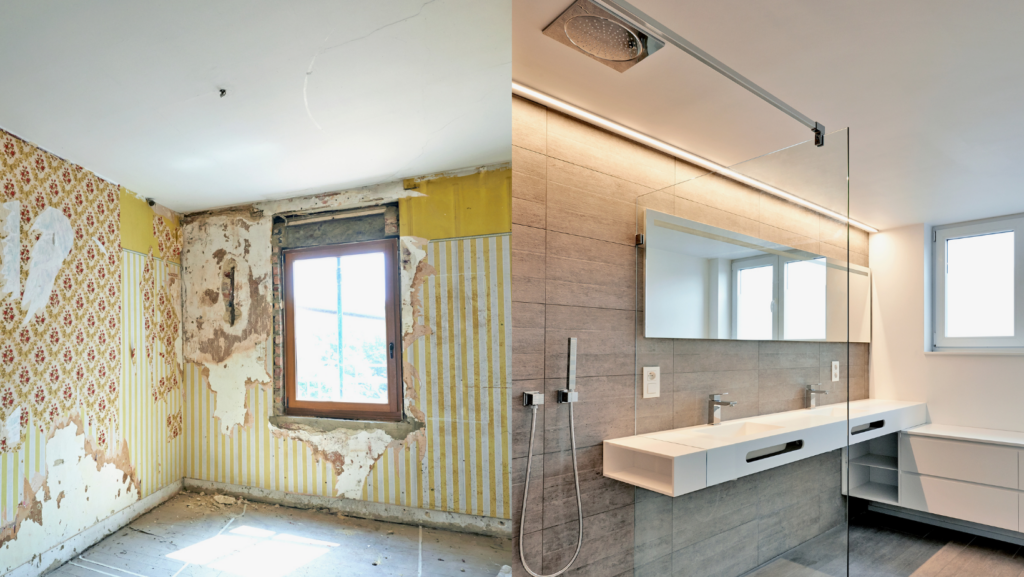When it comes to buying a home, one of the biggest roadblocks can be coming up with the down payment. Deciding how much money to put down on your new home may seem like a daunting task. Fortunately, there are a number of mortgage options available that require little to no money down. In this blog post, we’ll break down what you need to know about these types of mortgages so that you can make the best decision for your individual situation.
What is a Low Down Payment Mortgage?
A low down payment mortgage is exactly what it sounds like: It is a mortgage that requires a smaller down payment than what might be considered “usual”. The traditional down payment for a home purchase is 20% of the purchase price, but there are so many mortgage options that actually require a low down payment, sometimes as little as 3% or 5%! There are a number of benefits to getting a low down payment mortgage, including being able to buy a home sooner than you otherwise might be able to and having more flexibility when it comes to what you do with your savings. That said, though, it’s important to note that there are also some potential drawbacks. One of those may be having to pay private mortgage insurance (PMI) if your down payment is less than 20%. That can add to the overall cost of the loan. Even so, these low down payment mortgage options are a game-changer for those looking to buy who do not have 20% of the purchase price or more to put down towards their future home.
What is a No Down Payment Mortgage?
A no down payment mortgage is exactly what it sounds like: These are mortgages that do not require a down payment. No down payment mortgages are typically only available to eligible borrowers according to specific programs. An example of these programs is the Veterans Affairs (VA) loan progress, which offers 100% financing to eligible veterans and surviving spouses. Other programs, like the Federal Housing Administration (FHA) loans or USDA Rural Development loans, provide flexible financing options with low or no down payments. With these and other unique programs that vary by state and city or town, they are available for homebuyers who may not have a large amount of funds on hand to put towards the down payment and closing costs.
While there are some obvious benefits to getting a no down payment mortgage (namely, not having to come up with the money for a down payment), there are also some potential drawbacks to consider, such as having a higher interest rate and/or monthly payments.
Takeaways
When it comes time to decide how much money to put down on your new home, there are a number of factors to consider. Do you have enough saved for a traditional 20% down payment? Or would you be better off taking advantage of one of the many low or no down payment options available? Only you can answer that question, but we hope that this blog post has given you the information you need to make an informed decision.
For more information on low or no down payment mortgage options, please consult with one of our home loan specialists!



